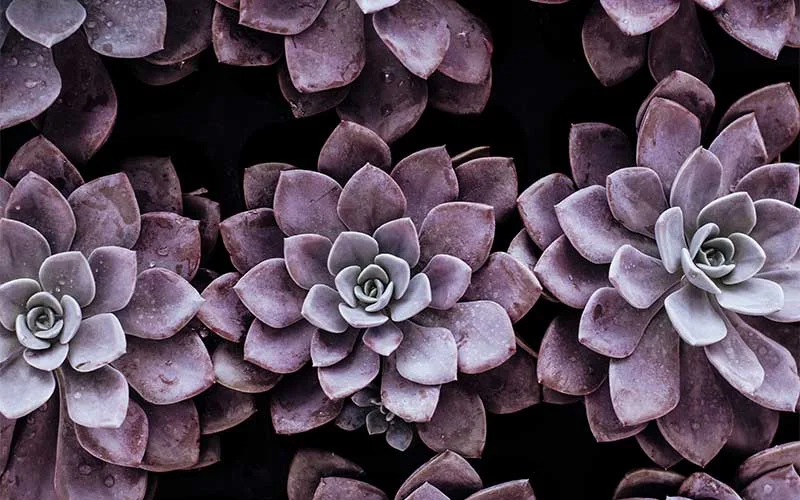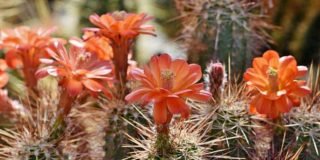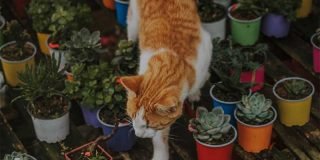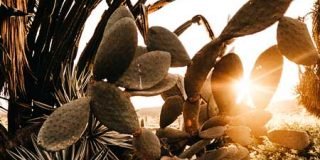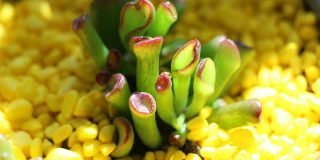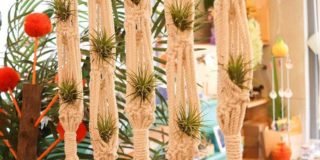Contents
Succulents are commonly used in gardens if you want to add a splash of color, beauty, and uniqueness to any garden or landscape. If you are searching for a beautiful succulent that can be added to your succulent collection, Echeveria Purple Pearl is perfect for you. If you love flowers, this succulent is an excellent choice because it produces beautiful rosettes that will stand out in a garden full of green plants and it can be a great addition to your xeriscapes or indoor succulent garden.
Echeveria Purple Pearl is one of the most common echeveria species because of its beauty and a lot of gardeners love how it forms a gorgeous rosette that can grow up to 12 inches (30 cm) in diameter. This succulent is a native plant to Mexico. It has fleshy, pointed, and slightly round leaves with colors ranging from olive green to lavender-rose and complemented with pink-colored edges. If you are planning to grow this succulent, you must expose it to enough sunlight because echeverias love the full bright sun. The more sun exposure it gets, the more colorful it produces. It is known to grow up to 1 foot (30 cm) tall flower spikes and blooms coral-pink flowers during the warmer months.

How to Care for Echeveria Purple Pearl
The Purple Pearl is an evergreen plant and grows low and near to the ground. It can grow up to 6 inches in height (15 cm) and 12 inches in width (30 cm). It prefers sandy, well-draining soil and loves the sun and tolerates partial shade. If you are planning to grow it indoors, you can use grow lights like this. Avoid placing it in dark corners or shaded areas as it can become etiolated and leggy. Once the plant has established itself, it will need occasional watering during the hot season. Keep it dry during the cold winter months as it experiences winter dormancy.
Echeveria succulents are one of the most popular succulents grown by gardeners all over the world because they are not complicated to grow. You just have to follow some basic rules such as:
When watering the succulent, do not allow the Echeveria Purple Pearl to sit in water as it is prone to rot or fungal diseases that can cause the plant to die. Avoid overwatering as well! You must use well-draining soil and a terracotta container that has drainage holes to allow better draining of water. Echeveria Purple Pearl will be fully grown in just 2 years.
Echeveria Purple Pearl has a more intense purple color than the Echeveria Perle Von Nurnberg. It also has silver edges that make it a standout among the other Echeveria species. This plant is deer-resistant and drought-tolerant, making it a perfect addition to any outdoor garden or landscape.

Maintenance
Propagation
Repotting
If the succulent has any cuts, treat it with a fungicide. Use a new potting soil and make sure to use a container with drainage holes. Rejuvenate the plant every 3-4 years during early springtime; you can clip or cut out dry stems and old leaves and repot any offsets in a different container using a succulent potting mix.
Uses
Pests and Diseases

Always check the succulent for pests. If you found some, make sure to separate or quarantine it from other plants to avoid the spreading of pest infestation. Pests usually hide in the places where the leaves and stem meet and they also hide under the soil and can be often found in the roots of the succulent.
Treat it with insecticide soap like this and place the plant in the shade because it can have sunburn if exposed in direct sunlight after the application of the insecticide soap. Mealybugs can be common in echeverias, you can use a cotton applicator dipped in 70% isopropyl alcohol and apply it in the affected areas. If you want more information on how to deal with succulent pests and diseases check out our website www.EdenSucculents.com.
Have you heard of the succulent Echeveria Purple Pearl? If you want to know more information about it, you came to the right place! Eden Succulents always aim to share guides and information about different types of succulents. If you are looking for information about a specific succulent, check out our website. Please let us know if you have any comments, suggestions, inquiries, or questions about succulents, we would like to hear your thoughts!
Natural Terracotta Round Fat Walled Garden Planters with Individual Trays
- natural terra cotta material. Each measures 3.25″ H x 4.5″ diameter or 3.5″H x 5.25″ diameter with tray
- machine pressed, kiln fired
- hand inspected with a drain hole
Garden Safe Brand Insecticidal Soap Insect Killer
- FOR ORGANIC GARDENING: Can be used up to day of harvest – OMRI (Organic Materials Review Institute) Listed.
- KILLS BUGS THROUGH CONTACT: Controls aphids, mealybugs, mites, leafhoppers, psyllids, scale insects, thrips, whiteflies and other listed pests.
Mountain Falls 70% Isopropyl Alcohol First Aid Antiseptic for Treatment of Minor Cuts and Scrapes
- First aid antiseptic
- Topical antimicrobial
- For treatment of minor cuts and scrapes
- Not tested on animals

